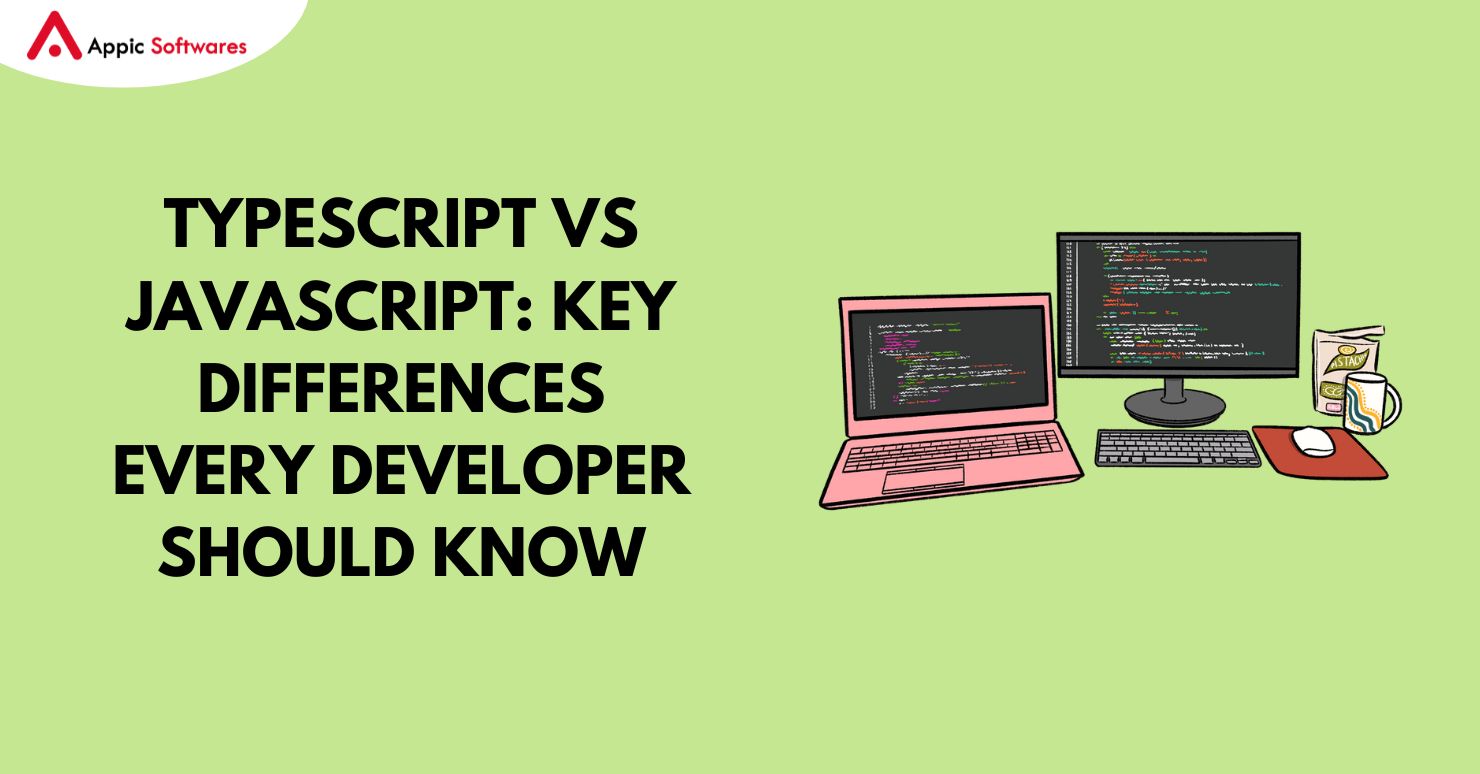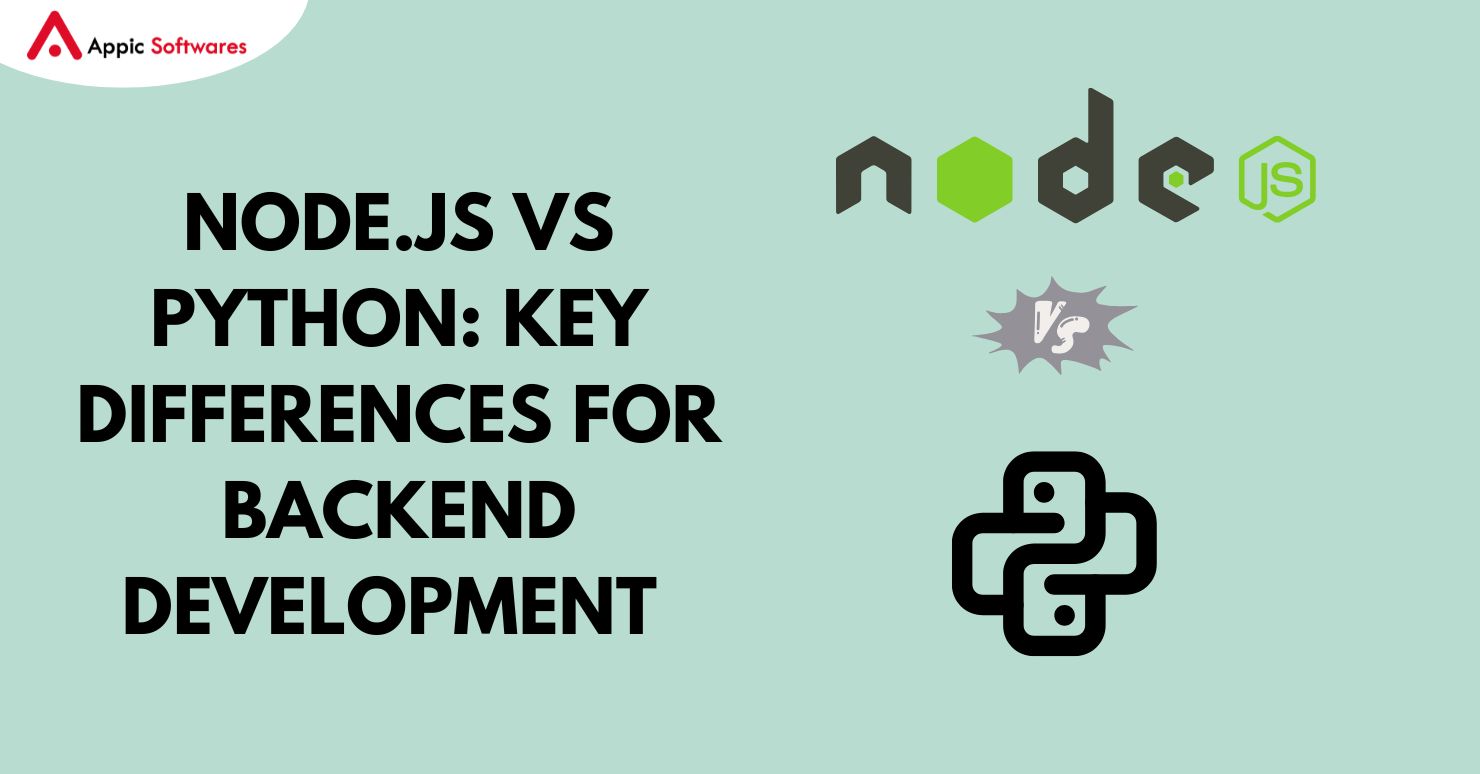
Any software-based solution used to improve the operational operations of the commercial real estate industry and the productivity of its major participants, including developers, property managers, investors, brokers, and landlords, is referred to as CRE technology, or commercial real estate proptech.
Commercial proptech businesses have already completely reimagined how we monetize physical space, even though the word “proptech” in commercial real estate was only coined a decade ago.
Appic Softwares, which has been in the real estate business for the past 16 years, has been fortunate to observe this openly seismic transformation. This will certainly result in both strategic losses for those who are hesitant to adapt and growing prospects for those who embrace CRE technology early on.
Overcoming the Centuries-Long Divide in Commercial Real Estate and Technology
With $33.6 trillion in sales in the US alone, the commercial real estate sector is at the center of the global economy. It contributes to the global public services system, generates a significant number of jobs, and provides the environment for innovation and economic activity.
Conversely, commercial real estate has essentially been left out of the forefront of technological advancement for the past 20 years, making it the world’s least technologically advanced sector.
To put that in perspective, in 2015, when commercial real estate technology was barely getting started, investments in financial technology totaled $46.7 billion, while proptech startups received only $2.21 billion in funding.
However, venture capital investment in residential and commercial proptech companies reached $32 billion last year, with a focus on proptech trends like blockchain and artificial intelligence. Indeed, COVID-19 quickened the process, but it didn’t initiate anything that wasn’t already underway.
In actuality, the advent of the first personal portable computers marked the beginning of the digital transformation of commercial real estate.
The Development of Proptech in Commercial Real Estate Over Time
There have been four main waves of innovation in commercial real estate technology, each bringing significant improvements to the major players in the sector.
CRE Tech 1.0: Software for PCs
When Apple and IBM released the first personal computers in the 1980s, the first wave of commercial real estate proptech took off. Proptech 1.0 is typically linked to the widespread use of Excel, which quickly established itself as a standard for data management and analysis—and for many, it still does. Among the most important commercial proptech firms during this time were Autodesk and Argus. The former introduced innovation to investment management, while the latter transformed the field of construction technology. During this time, CoStar, a preeminent information and analytics provider to the commercial real estate sector, was also established.
CRE Tech 2.0: The Revolution of the Internet
The emergence of online marketing platforms such as Trulia (founded in 2005), Zillow (2006), and Zoopla (2007) signified the second wave of proptech commercial real estate and revolutionized the way renters searched for properties. In addition to assisting renters in selecting the ideal product, these proptech platforms drew a large number of real estate brokers and developers who showcased their properties, creating a significant amount of business turnover. Such client-focused solutions are now considered industry standard.
CRE Tech 3.0: SaaS & Mobile
The introduction of the iPhone in 2007 marked the beginning of a new age in mobile computing for CRE technology, as breakthroughs made possible by Proptech 1.0 and 2.0 suddenly became pocket-sized. Additionally, commercial real estate tech 3.0 demonstrated that the interfaces were smarter, more collaborative, and social and that the user experience was just as vital as the technology itself. In the meantime, investors and CRE tech companies began to concentrate on the new Software as a Service (SaaS) business models, which involve cloud providers hosting applications and making them accessible to end users via the Internet, rather than on more conventional on-premises software.
In actuality, software delivery over the cloud, or SaaS, is the new norm. According to Better Cloud, SaaS will account for up to 70% of all business software usage in 2022 and is expected to rise to 85% by 2025. There are several explanations for this level of user popularity:
- Scalability (for example, SaaS solutions for tiny retailers)
- Reduced expenses (in contrast to enterprise software)
- shorter time to benefit (SaaS solutions don’t require adapters to configure them from the start because they are ready to use)
- Updates (suppliers automatically maintain their SaaS solutions current)
- Simple to use (SaaS solutions don’t require users to spend a lot of time learning numerous tutorials because they are designed on best practices that are baked in).
- Thus, the great majority of CRE IT solutions—including the ones that follow—will follow the trend of moving to the cloud.
AI, VR, Blockchain, and GreenTech in CRE Technology 4.0
Although cloud-based solutions for commercial real estate companies and mobile-responsive end-user applications remain top priorities in the commercial real estate proptech software development space, industry heavyweights like Deloitte and McKinsey predict that an increasing amount of capital will be allocated to “new” CRE technology such as:
Virtual reality uses computer-generated reality to mimic physical viewing qualities. WeWork is among the pioneers in bridging the gap between technology and commercial real estate; its office-leasing business model already incorporates 360-degree technology.
Blockchain technology makes commercial real estate transactions easier, and more secure, and eliminates the “middleman.”
Artificial intelligence, or AI for short, can significantly save human labor by producing customized property listings based on a client’s interests and past activity.
Green technology, or “GreenTech,” encompasses all cutting-edge approaches intended to combat climate change, mainly through the decarbonization of commercial real estate, the world’s largest source of emissions. A meager $100 million has been invested in green CRE technology over the past ten years, which is equivalent to the cost of numerous buildings in New York. This is because neither CRE tech 2.0 nor 3.0 placed much attention on climate protection, meaning that GreenTech has been severely underinvested in for decades. However, investing gurus like Pitchbook and Brendan Wallace anticipate that alongside tangible assets like real estate and renewable energy breakthroughs, we will see many equity opportunities in Proptech 4.0 as people become more conscious about the environment in which they live and work.
COVID-19’s Effect on Commercial Real Estate Proptech
CRE technology wasn’t invented by Covid-19; rather, it was moved from the far-off “nice-to-have” drawer into the “must-have” one.
Simply observe the notarization procedure. It was no longer an option to redesign something that had traditionally involved face-to-face interaction into a digital solution in less than a month. Additionally, the market would penalize your company for failing to adjust quickly enough.
Therefore, COVID-19 encouraged a change from the outdated belief that the CRE industry was unchangeable to the understanding that this change was inevitable.
Understanding Commercial Proptech Companies
Commercial proptech companies are tech-enabled businesses that use cutting-edge technologies and customer-centric strategies to optimize conventional CRE business processes.
The latter is by far the most important way that traditional commercial real estate organizations and CRE technology startups differ from one another.
Traditional commercial real estate companies frequently overlook the significance of their clients, believing that their role is limited to providing shelter. In contrast, CRE technology companies understand that their product is more about fostering a relationship between a tenant and a physical space.
If CRE technology is thought of in that sense, then CRE professionals are required to do much more than simply maintain a clean environment and ensure that the electricity is operational. Instead, they must create environments that are dynamic, individualized, efficient, adaptable, and considerate of how tenants use the space.
How CRE Technology Companies Innovate Real Estate
Since other brick-and-mortar industries eagerly embraced innovations, commercial real estate incumbents have historically been slow to absorb new ideas, making CRE tech the industry with the most low-hanging fruit.
The enormous potential to bridge the divide between technology and commercial real estate was initially recognized by investors, who last year invested up to $32 billion in this developing sector. Because of this, there are currently 9,000 for-profit proptech businesses that innovate CRE procedures.
Since we’re at the nexus of CRE Tech 3.0 and 4.0, the majority of for-profit proptech businesses are concentrated on:
- automating labor-intensive procedures such as portfolio underwriting, real estate listing, and marketing research.
- enhancing client experience through the use of mobile-friendly apps, blockchain, and virtual reality.
- connecting all equipment, rooms, and appliances to a smart ecosystem (IoT) that automatically identifies small dangers and inefficiencies will improve the security and efficiency of business facilities.
- implementing “green” building techniques to satisfy renters’ mounting requests for sustainability.
Categories of Commercial Proptech Companies and Their Solutions
Automated Underwriting: With the help of technology-driven underwriting systems, duties that were formerly handled in a laborious manual review can now be finished in a few hours by streamlining underwriting budgets and automating workflows.
CRE technology companies, for instance, may automate administrative tasks like account research, freeing up the underwriter to concentrate on risk evaluation and pricing.
But it’s also possible that some aspects of the underwriting procedure—like negotiation, relationship management, and adaptive decision-making—will still be handled by underwriters, particularly those that call for human involvement.
Development of Custom CRM
CRM, or customer relationship management, platforms are made to combine all business operations into a single system, from prospecting to deal closing. This improves collaboration and aids in data collection for the organization. According to Deloitte, CRM applications have a track record of growing.
- Conversion of leads by up to 30%
- Up to a 30% increase in sales
- Productivity in sales up to +30%
- Customer contentment up to +35%
- Decision-making that is up to 38% faster
- Income up to +25%
Generic solutions like Sugar CRM might not be the best option because CRM tools should have appropriate language, process specifications, and security laws depending on the business niche. For this reason, corporations like JLL with extremely intricate and dissimilar organizational structures go to CRE technology firms like Appic Softwares that have a track record of specializing in particular markets.
Since Appic Softwares was leading the CRM revolution back when salesforce automation was still in its infancy, we gladly accepted JLL’s CRM improvement project. We still support JLL’s technology needs today, having designed and created the entire tech stack of a unique CRM application tailored to their business logic.
Click this link to view the complete case study of the project that we completed for JLL.
Loan Origination: By customizing a loan origination system to meet their requirements and integrating it with other disjointed systems already in place within the company, integrated lender tech startups pull all internal processes of hard money lending organizations. These systems are great because they make it possible to automate the company’s paper-based back office, foster staff communication, and aggregate data more intelligently.
Generation of Electronic Documents
Whether they start on paper or digitally, two of the main problems facing commercial real estate companies are the generation and maintenance of documentation. As a result, CRE technology firms are gaining traction with their automated solutions for producing collateral such as invoices, reports, brochures, and other documents that seem professional. And with good reason—the average salesperson only dedicates 30% of their time to face-to-face sales, with the remaining 70% going toward paperwork and administrative tasks.
Deal & Coordination Rooms
These proptech startups in commercial real estate offer digital platforms that enable seamless communication and sharing of information about property sales. Remarkable illustrations of these kinds of solutions are DocuSign, DealRoom, and MarketSpace.
Management of Property Listings
Additionally, there are commercial real estate IT companies that support real estate brokers in building and managing listing websites and property data. The best listing systems interface seamlessly with the current CRM system to automatically extract even the smallest facts, like property type, address information, year of construction, interior and exterior characteristics, and amenities.
CRE technology in construction management Cloud-based platforms, created by companies such as Procore, facilitate the smooth collaboration of builders, designers, developers, engineers, and tradesmen during a building project. This ensures that budgets, sustainability guidelines, and performance standards are met.
Real Estate Administration
Property management systems are made to funnel all workflows into a single, integrated platform, much like construction management systems do. These solutions frequently make use of IoT technology to link devices, appliances, and buildings into a single “smart” ecosystem that can evaluate performance and identify threats.
What Factors Go Into Choosing a Software Developer for CRE Technologies?
The current trend of “platformization” of CRE technology is reflected in the growing need for integrated corporate systems as opposed to stand-alone solutions. McKinsey states that commercial real estate firms will greatly benefit from having full visibility into the management of business or operations and process control in a single location.
However, creating a single platform that would integrate all sensitive data and business procedures calls for a far higher level of skill than simply having a large tech stack and several unique development projects in your portfolio.
A trustworthy commercial real estate proptech partner should understand who the end user is, have a unique background in your CRE niche and, ideally, offer custom SaaS development services; they should also have an impressive tool stack that is applicable and relevant to your situation; and they should understand the significance of a flawless customer experience.
Conclusion
the history of Proptech reflects its transformative journey in reshaping Commercial Real Estate (CRE) technology. This evolution underscores the significant impact and ongoing contributions of Proptech to the modern real estate industry.
Moreover, if you are looking for a Real estate development company that can help you create a future-proof solution then you should check out Appic Softwares. We have an experienced team of Proptech developers who have created several real estate solutions like RoccaBox.
So, what are you waiting for?








